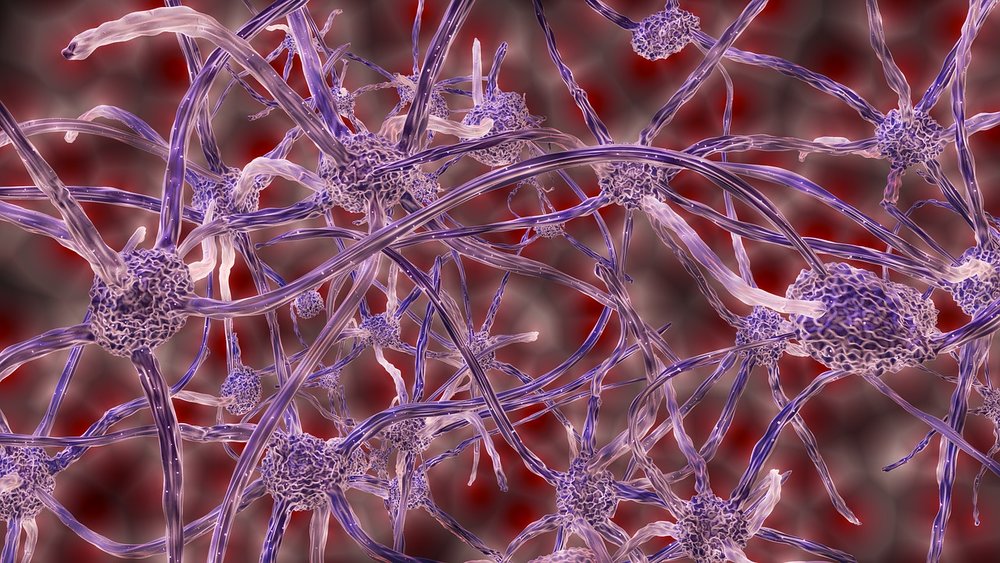Researchers developed a new method for transforming adult human skin cells directly into motor neurons without the need for stem cells. The technique has the potential to help researchers better understand diseases of motor neurons and could lead to progress in regenerative medicine. Their work was published in the journal Cell Stem Cell.
Human motor neurons are difficult to study since they can’t be taken from living patients and scientists are having a hard time finding adequate methods to grow them in the lab. Motor neurons drive muscle contractions and their damage can lead to difficulties with movement, paralysis, and early death.
Researchers from the University of Washington School of Medicine in St. Louis, developed a novel method that omits the stem cell phase and consequently eliminates ethical concerns raised when producing pluripotent stem cells. A very important aspect of avoiding the stem cell state allows the resulting motor neurons to retain the “age” of the original skin cells, therefore, the age of the patient.
“Going back through a pluripotent stem cell phase is a bit like demolishing a house and building a new one from the ground up,” said senior author Andrew S. Yoo. “What we’re doing is more like renovation. We change the interior but leave the original structure, which retains the characteristics of the aging adult neurons that we want to study.”
Skin cells from healthy adults, ranging in age from early 20s to late 60s, were used in the study which revealed how small RNA molecules can work with other cell signals called transcription factors. Together they generate specific types of neurons, in this case, motor neurons.
“In the future, we would like to study skin cells from patients with disorders of motor neurons. Our conversion process should model late-onset aspects of the disease using neurons derived from patients with the condition,” said Yoo.
The team exposed skin cells to certain molecular signals in the lab, usually found at higher levels in the human brain. They combined short snippets of RNA: microRNAs (mRNAs) called miR-9 and miR-124 with ISL1 and LHX3 transcription factors and successfully turned skin cells into spinal cord motor neurons within just 30 days. MicroRNAs are involved in repurposing the genetic instructions of the cell. These converted motor neurons closely resemble normal mouse motor neurons used in labs, in regards to genes that were turned on and off, and how they functioned.
Yoo’s team hope that their method could enhance the understanding of neurodegenerative diseases that lead to paralyses, such as amyotrophic lateral sclerosis (ALS) and spinal muscular atrophy. The method can, like embryonic stem cells, be used for converting human skin cells into other cell types by using different transcription factors. Although the researchers still need to find out how much the cells produced in their lab match native human motor neurons, they are up to a promising start.
Learn why stem cells are controversial and how this technique smoothly avoids any ethical confrontations.
By Andreja Gregoric, MSc









